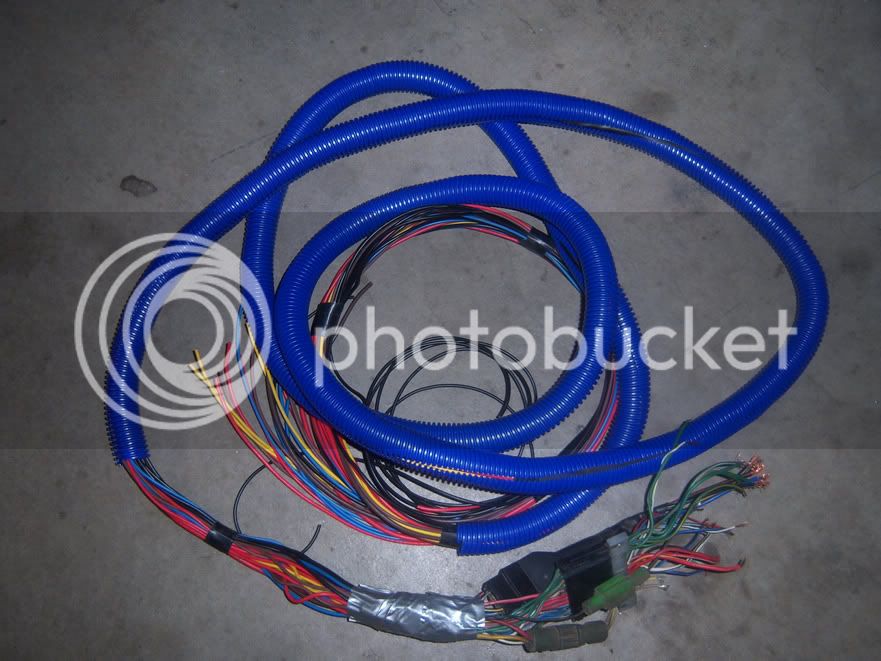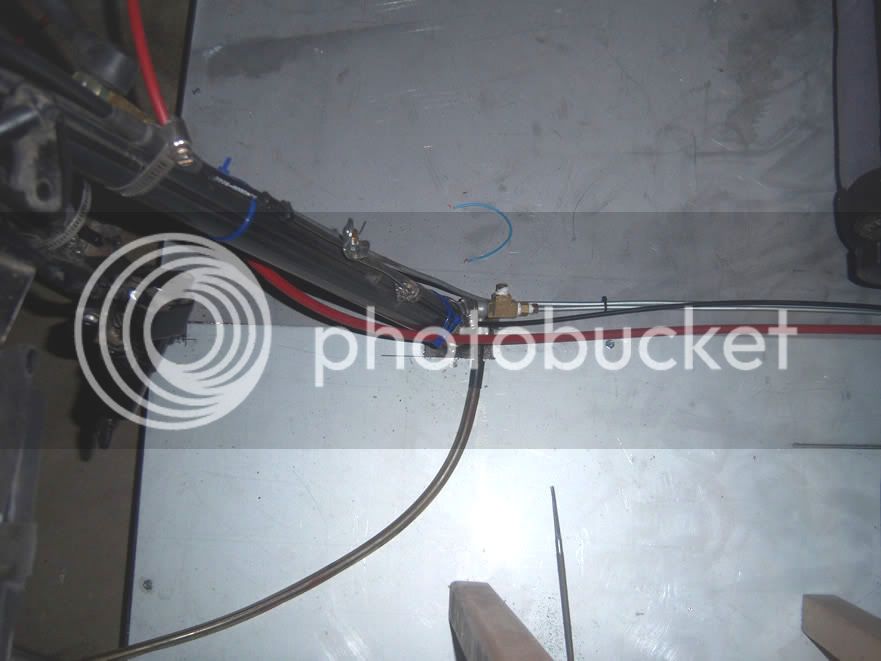OK, a little playing, and I was full of poo-poo when I said the sidestand switch might be normally open. It's normally closed.
You said you connected the wires together to simulate a connected switch. What you need to do is find the blue wire/green stripe at the starter cutoff relay and just ground it. If you're looking at the end of the relay's harness connector, with the notch at the top, you have three empty spaces at the right, two on the top row, one on the bottom. The sidestand switch wire that should be grounded is the bottom left. The neutral switch wire, grounded in neutral, is the third from the left on the bottom (sky blue.) The second and fourth on the bottom (either side of the neutral switch wire) are the clutch switch, they should show connected to each other with the clutch lever pulled (or pedal depressed, in your case.)
That relay has a bunch of diodes inside it which make up its logic tree (neutral=OK, not neutral requires clutch pull and sidestand up) but also feeds the neutral and sidestand switches to the rest of the bike. If that relay is fubar'd the ECU may be getting wrong information from the switches. I don't know if someone nearby can lend you his relay long enough to check it out. It's easy to get to, under the seat.
The connector for the sidestand switch is a blue connector under the tank, on the left side. When you say you connected the wires together, you connected the bike side, not the switch side, right? If you left the bike side connector open, you'd get what you're describing, with the bike thinking the sidestand is always down. (But that doesn't explain the "correct" readings on the diag screen. . . . .)
Tests, assuming you get the grounds and connections I described above, namely the lower left pin is grounded with sidestand up, the third pin is grounded when in neutral, and the second and fourth pins connect to each other with the clutch operated: Remove the seat, bike in first gear, sidestand up (wires connected), turn the ignition on, do not start. Have someone work the clutch back and forth while you listen for the relay clicking. It should click as the clutch moves in and out.
Release the clutch. Work the shifter between neutral and first. (No other gears!!!!) The relay should click as it goes in and out of neutral. Might be hard to hear with the shifter clicking, but you can feel it if you put your finger on the relay. The clutch lever should have no effect while it's in neutral, but should click the relay while it's in first.
Now disconnect the sidestand switch wires to simulate sidestand down. Relay should still click between first and neutral, but the clutch lever should have no effect in either. While in first, the sidestand switch wires should have no effect by themselves, but if the clutch is pulled (pedal depressed) connecting and disconnecting the sidestand should click the relay.
None of that has anything to do with a running bike, it's just the starter cutoff relay being checked. Something is wrong with yours if you have to use the clutch even if it's in neutral, then it dies when you go into gear.
You haven't said what happens if you start, then release the clutch while still in neutral. Does it continue to run? At that point the clutch lever should have no effect at all, and if it dies then something is definitely amiss.
I suspect a bad cutoff relay, just because so many things go through there to the rest of the bike.






























































